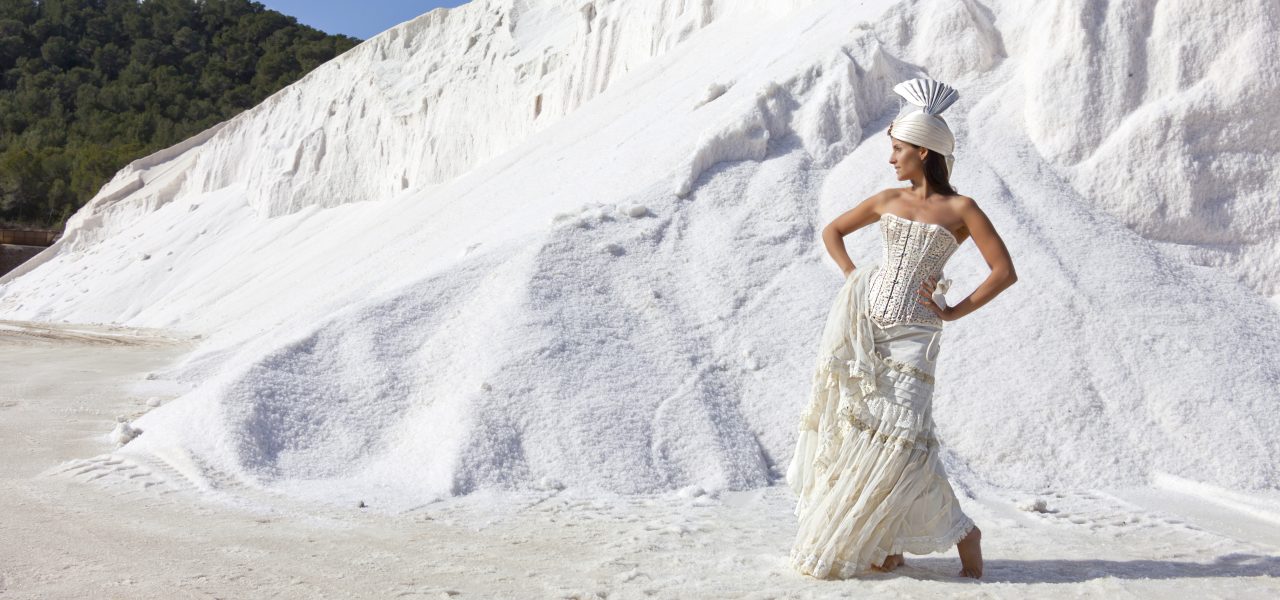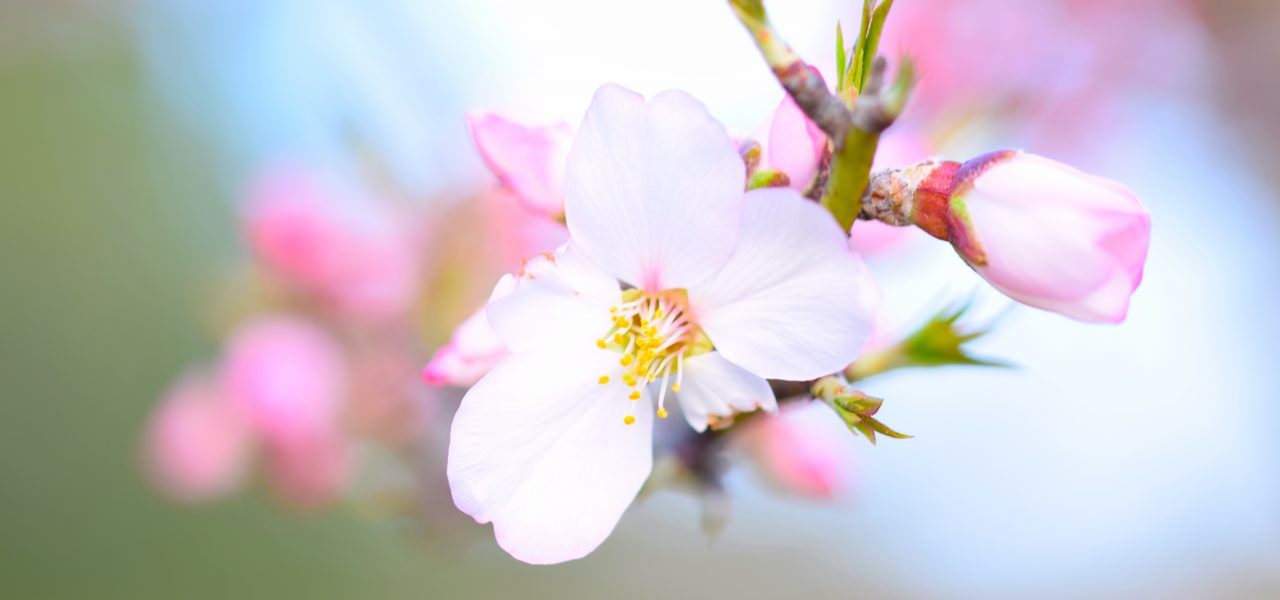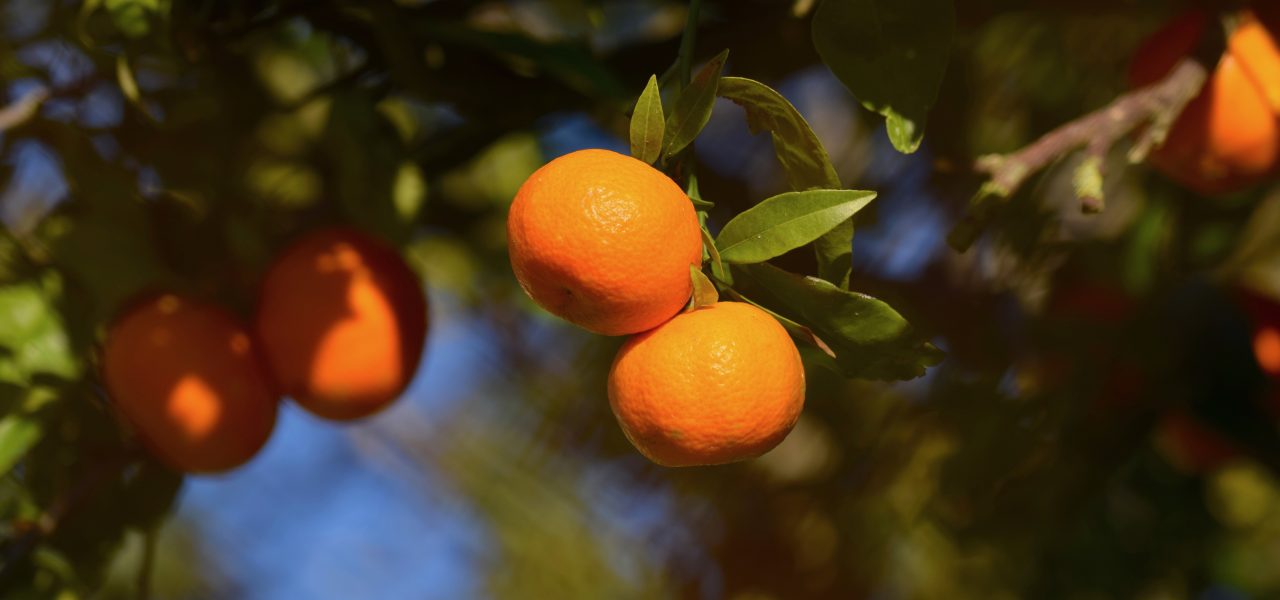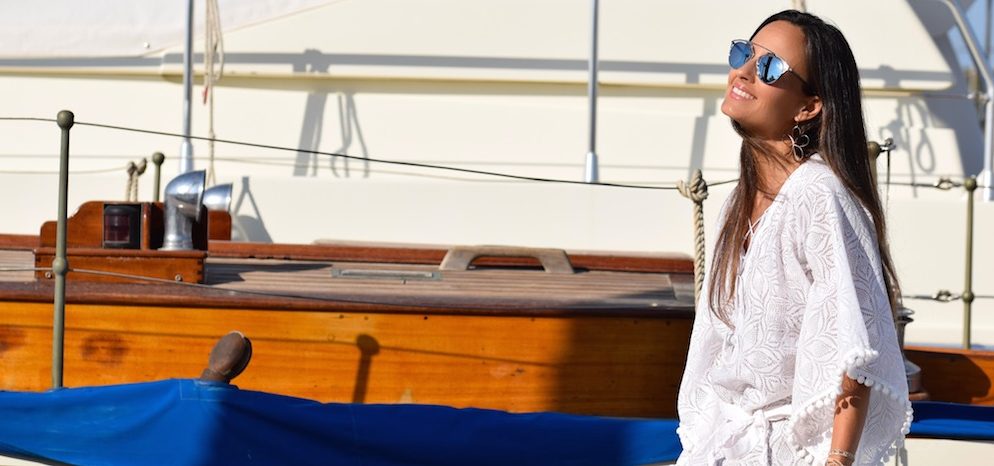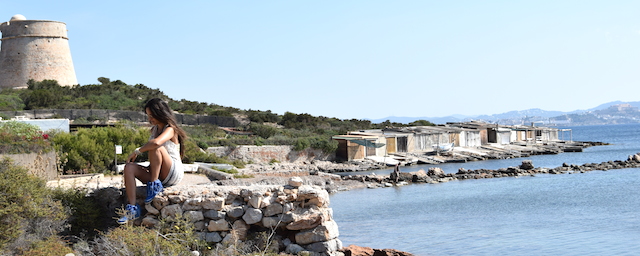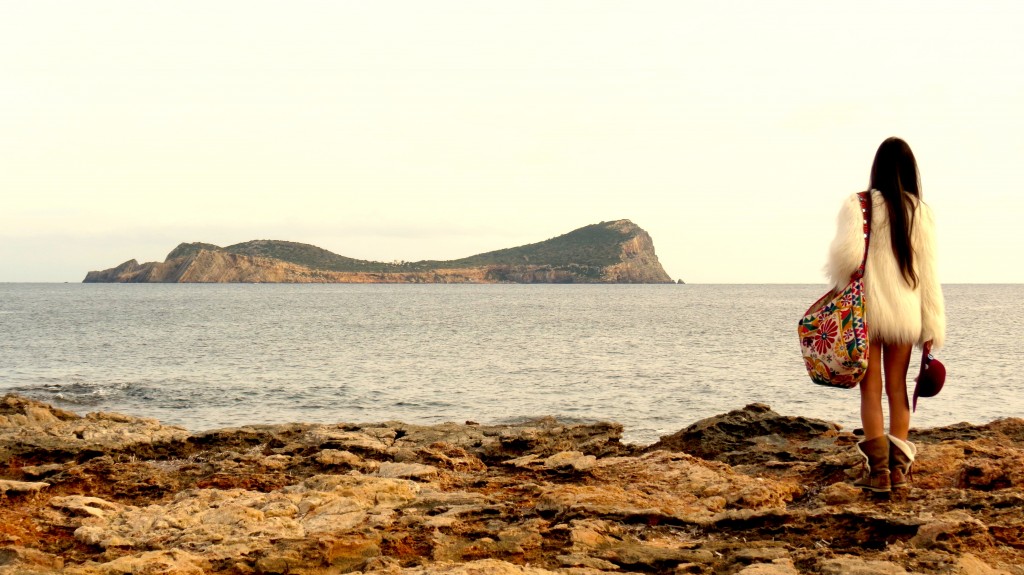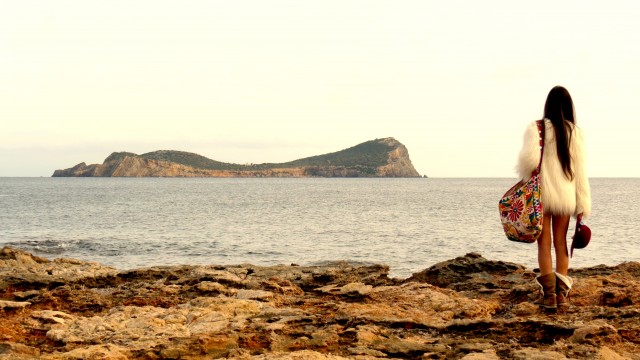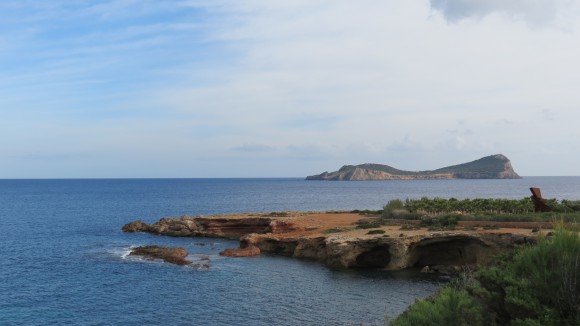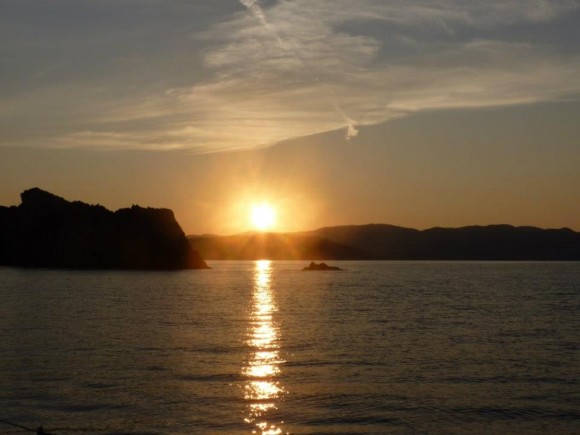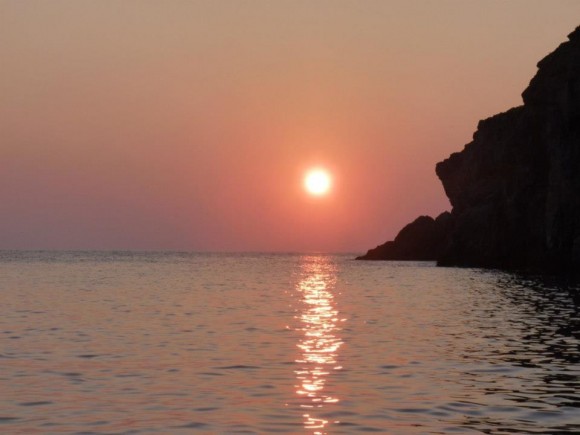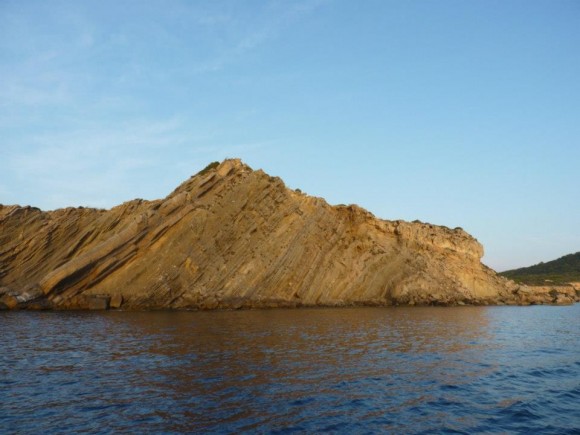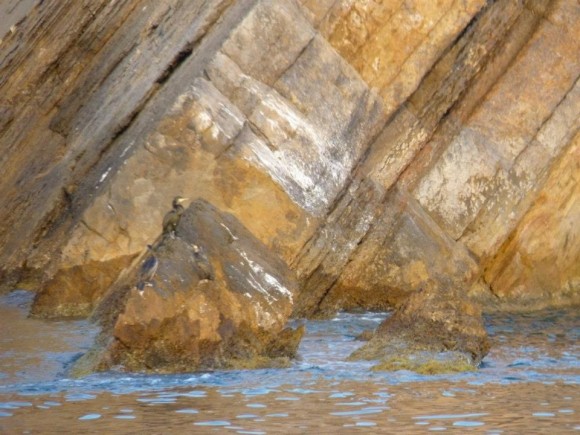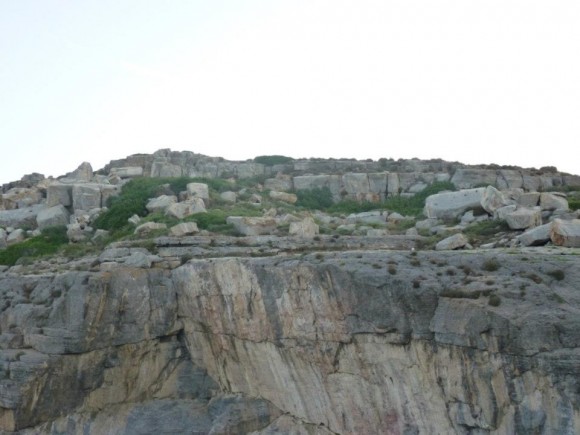Hola a todos amantes de Ibiza!!
Hoy os quiero contar de un sitio que todavía no conocía y que se encuentra muy cerca de las famosas playa d’en Bossa y Es Cavallet.
Es una zona conocida por los ibizencos como la Xanga, una zona con varaderos de pescadores, unas calitas de piedras y sobre todo la Torre de defensa que, aunque los siglos hayan pasado, sigue allí, protegiendo la isla.
La torre de Sa Sal Rossa o des Carregadores es una de las torres de defensa que se encuentran en Ibiza y fue construida en el siglo XVI en la zona entre la que son ahora Playa d’en Bossa y Es Cavallet, llamada también la “Xanga”. Se puede disfrutar de una maravillosa vista de la ciudad de Eivissa, de las salinas, de playa d’en Bossa y Formentera. La Torre se utilizaba como refugio colectivo para los pobladores de los alrededores y sobretodo para los trabajadores de la Salinas cuando la isla era atacada por los piratas turcos y berberiscos, siendo la Sal la principal riqueza de la isla. La torre permitía acoger en el interior hasta 200 personas.
Tuvo diferentes nombre. La llamaban Torre Des Carregador porque estaba situada cerca de donde los barcos de sal cargaban la producción de la Salinera, ahora en Sa Canal de que os hablé en otro post. En el ano 2008 fue restaurada por el Consell Insular.
Es muy fácil llegar. Hay que ir en dirección Es Cavallet/ Salinas y después de San Francesc hay un cartel a la izquierda. Podéis llegar también andando desde playa d’ en Bossa. Yo disfrute mucho porque amo encontrar nuevos lugares, así en la naturaleza y con monumentos que nos recuerdan nuestros antepasados.
Pero este sitio es mucho mas antiguos porque a pocos metros de la torre se encuentra un yacimiento en “reposo” de los tiempos los fenicios y romanos donde se fabricaba la valiosa púrpura, el tinte rojo que se vendía a precio de oro. Ya os hablé de la Púrpura en mi post sobre Pou des Lleò. Os Acordáis?
La profesora Carmen Alfaro, fue la que trabajó en el año 2007 en estas excavaciones y ella fue mi profesora en la Universidad de Valencia de Historia Antigua. Asi que entre Ibiza, su historia y el rojo púrpura como color de alta moda en la antigüedades diría yo que al final todo tiene un sentido! Verdad???
Os deseo un feliz día y espero que os sigan gustando mis posts!!
Un abrazo, Natalia
🙂
Hi Ibiza Lovers,
Today I want to tell you about a site that I have just discovered and that is very near the famous Playa d’en Bossa and Es Cavallet.
It is an area known for the ibizencos as “Xanga”, an area with fishing docks, a stone beach and especially the defense tower called Sa Sal Rossa or des carregadores ( Salt carrier ).
It was built in the XVI century and it is located between Playa d’en Bossa and Es Cavallet. It was used as protection from the frequent attacks by turkish and berber pirates as the salt was the main source of wealth . The tower has a large internal capacity and it can accomodated until 200 people. During the years it gets a lot of names. One of them Des Carregadores because it was near where the workers collected the salt, now in Sa Canal. Do you rember my post?
In 2008 it was restored by Consell Insular of Ibiza and Formentera.
It is very easy to reach. You should go towards Es Cavallet / Salinas and after San Francesc there is a sign on the left. You can also reach it by foot from Playa d’en Bossa. I enjoyed it a lot because I love finding new places as well in nature as monuments that remind us of our ancestors.
But this place is much older because a few meters from the tower there is an arquaeological site of the times of the Phoenicians and Romans where they manufactured the valuable purple, the red dye that was precious like gold. I already talked about the purple in the post about Pou des Lleó.
In 2007 Professor Carmen Alfaro, was the one who worked in this excavation and she was my teacher of Ancient History at the University of Valencia. So: Ibiza, ancient History, and the production of the most beautiful color for fashion at those times, i can say that everything has a meaning! hasn’t it???
I wish you a beautiful day.
See you soon, with Love
Natalia
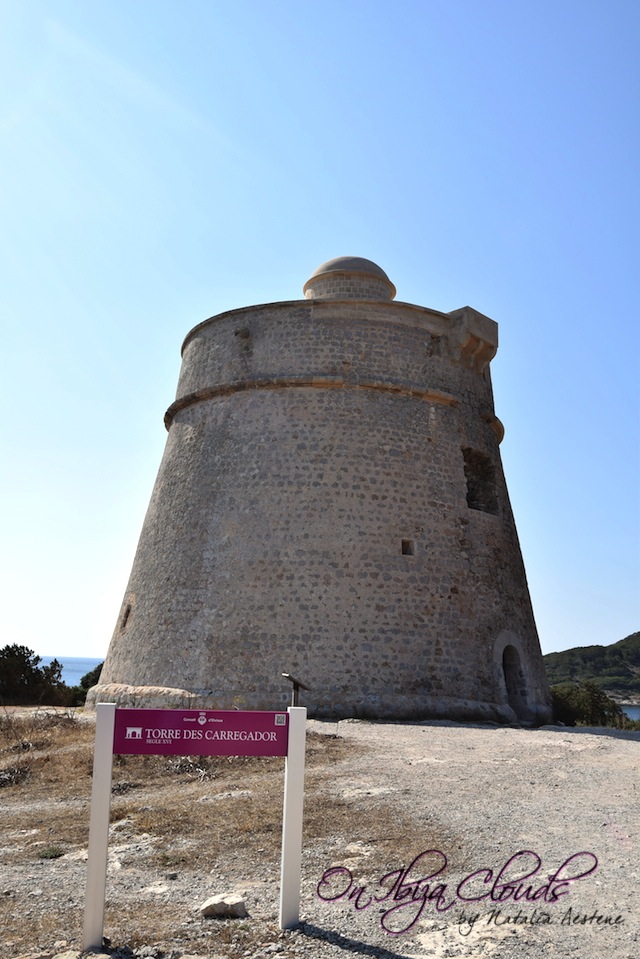
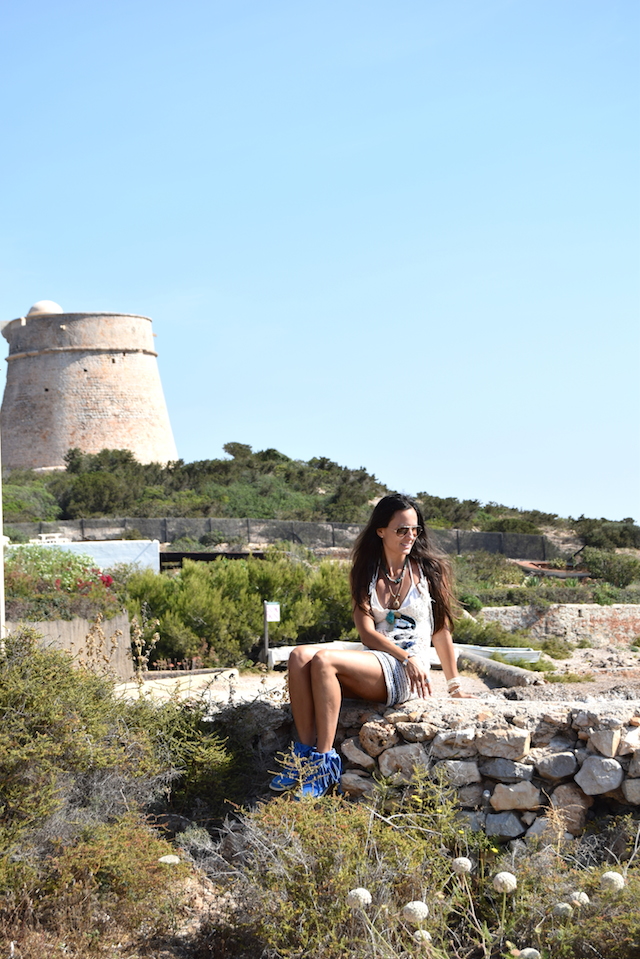






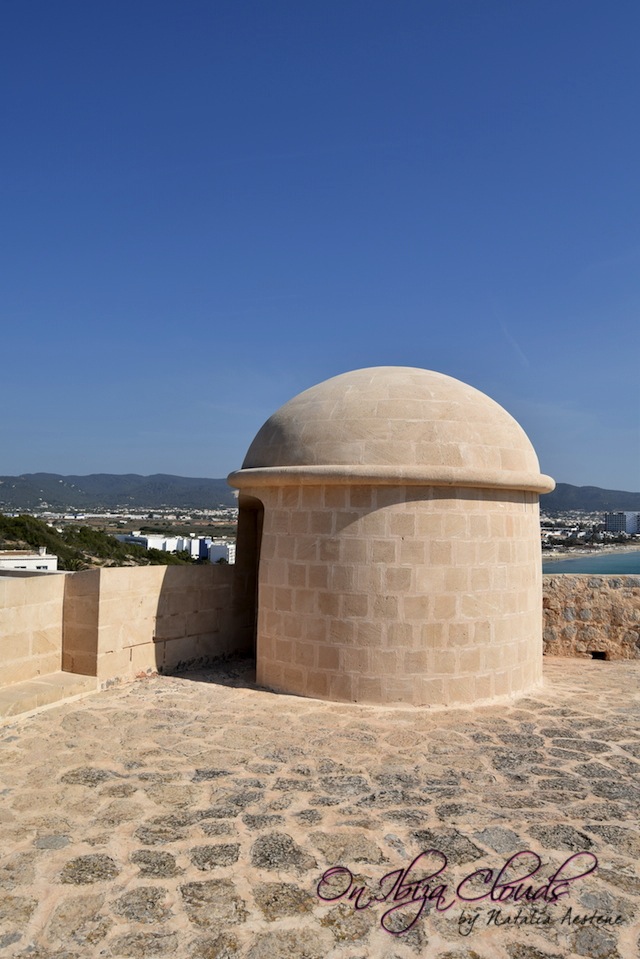
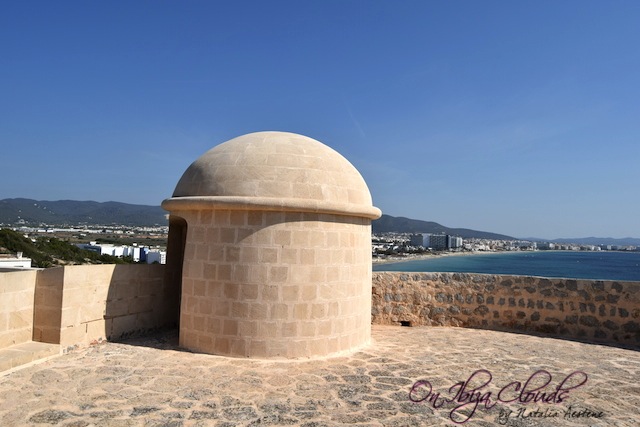
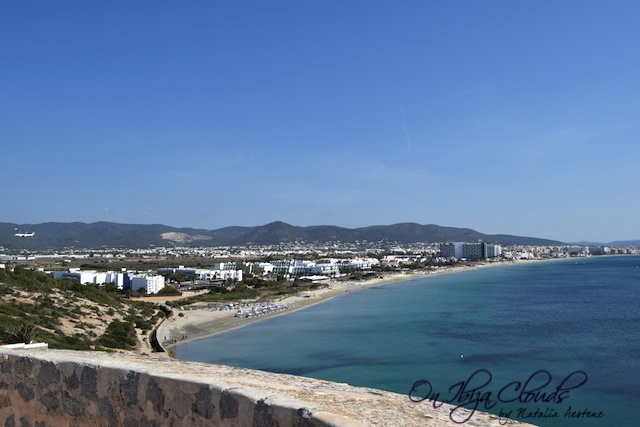
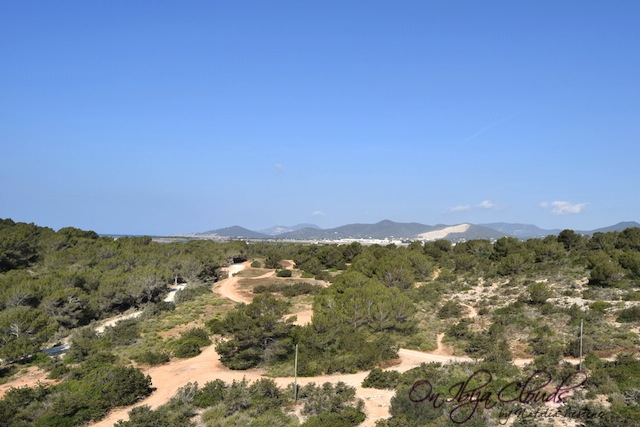
Dress- Disegual
Boots- Hector Riccione
Credit:
Bernard Domalain


